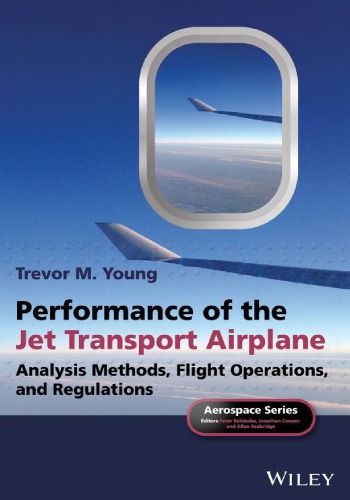

Most ebook files are in PDF format, so you can easily read them using various software such as Foxit Reader or directly on the Google Chrome browser.
Some ebook files are released by publishers in other formats such as .awz, .mobi, .epub, .fb2, etc. You may need to install specific software to read these formats on mobile/PC, such as Calibre.
Please read the tutorial at this link. https://ebooknice.com/page/post?id=faq
We offer FREE conversion to the popular formats you request; however, this may take some time. Therefore, right after payment, please email us, and we will try to provide the service as quickly as possible.
For some exceptional file formats or broken links (if any), please refrain from opening any disputes. Instead, email us first, and we will try to assist within a maximum of 6 hours.
EbookNice Team

Status:
Available4.7
11 reviewsTopics include: rigid body dynamics; aerodynamic fundamentals; atmospheric models (including standard and non-standard atmospheres); height scales and altimetry; distance and speed measurement; lift and drag and associated mathematical models; jet engine performance (including thrust and specific fuel consumption models); takeoff and landing performance (with airfield and operational constraints); takeoff climb and obstacle clearance; level, climbing and descending flight (including accelerated climb/descent); cruise and range (including solutions by numerical integration); payload–range; endurance and holding; maneuvering flight (including turning and pitching maneuvers); total energy concepts; trip fuel planning and estimation (including regulatory fuel reserves); en route operations and limitations (e.g. climb-speed schedules, cruise ceiling, ETOPS); cost considerations (e.g. cost index, energy cost, fuel tankering); weight, balance and trim; flight envelopes and limitations (including stall and buffet onset speeds, V–n diagrams); environmental considerations (viz. noise and emissions); aircraft systems and airplane performance (e.g. cabin pressurization, de-/anti icing, and fuel); and performance-related regulatory requirements of the FAA (Federal Aviation Administration) and EASA (European Aviation Safety Agency).